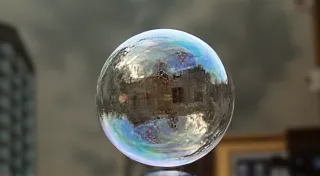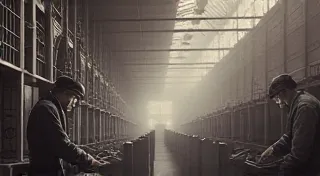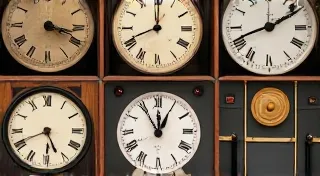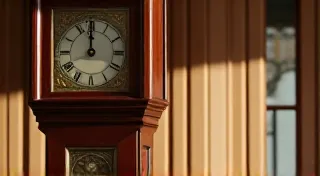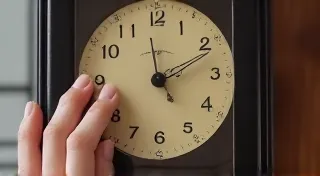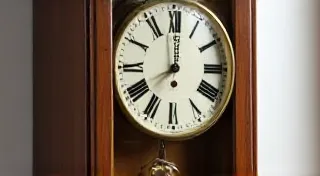Shadows of Precision: The Alchemical Quest for Accuracy in Early Clockmaking
There's a particular stillness that falls when you stand before an antique clock. It's not merely the absence of ticking (though that can be profoundly moving after a long period of repair), but a sensation of encountering echoes – whispers from a time when measuring time itself was a monumental achievement, an almost spiritual undertaking. My grandfather, a master carpenter, always said that the best clocks weren't just machines; they were testaments to human ingenuity and patience, miniature universes striving to capture the relentless flow of moments. He wasn't wrong.
The history of timekeeping is more than a chronicle of gears and springs. It’s a narrative interwoven with philosophy, artistry, and a profound human desire to impose order on a chaotic world. Before the clock, time was a fluid, often subjective experience, marked by the sun’s passage, the tolling of church bells, and the rhythms of nature. It was a time of cyclical observations, rather than precise measurements. The leap to mechanised timekeeping wasn't just a technological advancement; it was a revolution in how humanity perceived and interacted with the universe.
Early attempts at timekeeping were rudimentary. Water clocks (clepsydrae) existed in ancient Egypt and Mesopotamia, but their accuracy was highly dependent on temperature and water pressure. Candle clocks, marking time by the consistent burning of a candle, suffered from similar limitations. The real breakthrough came with the development of escapement mechanisms, initially in astronomical instruments in the late Middle Ages. These mechanisms, ingenious levers that controlled the release of power from a weight or spring, allowed for a far more consistent and repeatable measure of time.
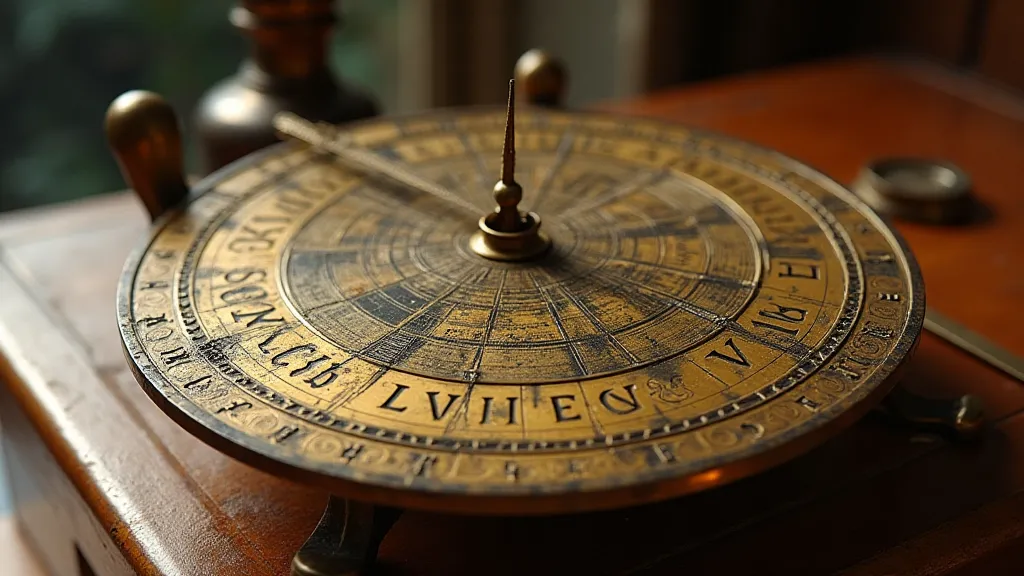
The Dawn of Mechanical Time
The earliest true mechanical clocks, appearing in Europe during the 14th century, were monumental affairs, often installed in towers of cathedrals and town halls. These weren’t delicate instruments; they were imposing statements, symbols of civic pride and the power of burgeoning urban centres. The Great Clock of Prague, with its procession of the Apostles, is a breathtaking example of this early era, a spectacle as much as a timekeeping device. It’s easy to imagine the awe they inspired – a visible, tangible manifestation of the cosmos's seemingly predictable movements.
The accuracy of these early clocks was, by our standards, woeful. A daily error of perhaps 15-30 minutes was not uncommon. Yet, even with such imprecision, they represented a monumental shift. They allowed for the coordination of activities – the scheduling of markets, the calling of church services, the regulation of city life – in a way that was previously impossible. The drive to improve was relentless. Clockmakers, often working in guilds, saw the clock not just as a machine, but as a reflection of their skill and a canvas for artistic expression.
My grandfather, a man of few words, once showed me a small German cuckoo clock he's been repairing for a client. He pointed to the delicate carving of the wooden figures and the intricate gears visible through the glass door. "Look," he said quietly, “Each part tells a story. The clockmaker’s dedication, the patient layering of wood, the careful shaping of each gear… it's a piece of their soul.” That sentiment encapsulates the spirit of early clockmaking—a marriage of craftsmanship and a yearning for perfection.
Imperfection as a Teacher
The pursuit of accuracy wasn't always straightforward. Early clockmakers grappled with limitations in materials and technology. Springs were prone to losing their elasticity, gears would wear down, and temperature changes would affect the performance of the escapement. These imperfections weren't viewed as failures; they were lessons, opportunities to refine techniques and materials. The slow evolution of balance springs and the adoption of jeweled bearings – initially borrowed from watchmaking – were direct responses to these challenges.
Imagine the frustration of a clockmaker, spending weeks crafting a magnificent timepiece only to discover it consistently lost time. The process of diagnosis and correction demanded an acute observational skill and a deep understanding of the interplay between different components. It was a slow, painstaking process of trial and error, passed down through generations of artisans. The imperfections they encountered weren't flaws to be hidden; they were guides, revealing the subtle complexities of timekeeping.
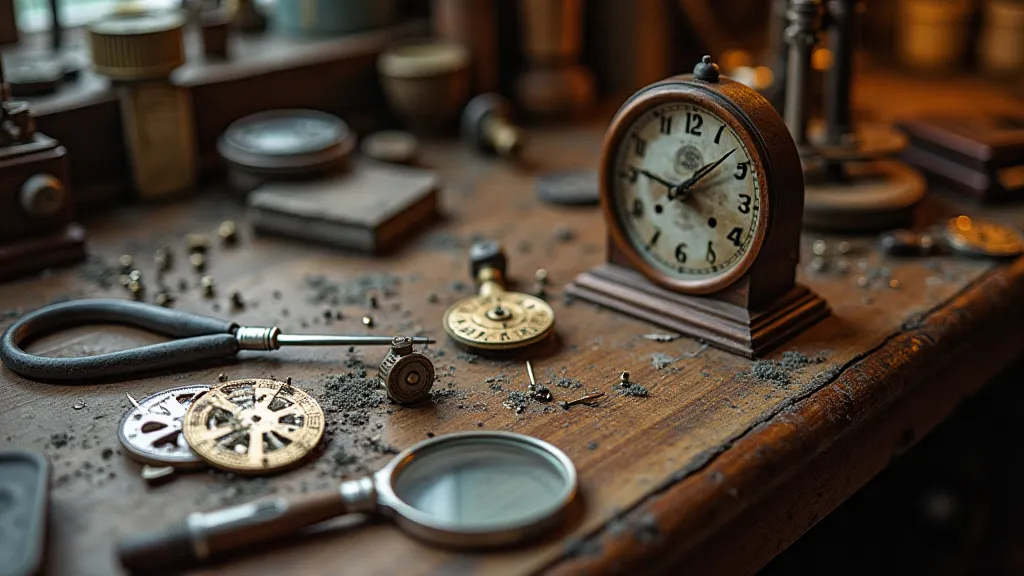
The Philosophical Underpinning
Beyond the technical aspects, the quest for accuracy in early clockmaking reflected a broader philosophical impulse. In a world steeped in superstition and uncertainty, the clock offered a semblance of order and predictability. It was a symbol of human mastery over the natural world – an attempt to impose a rational framework onto the chaotic flux of existence. The regular ticking of the clock became a comforting rhythm, a counterpoint to the unpredictable nature of life.
The development of the pendulum clock in the 17th century, attributed to Christiaan Huygens, marked a significant leap forward. The pendulum’s consistent swing, unaffected by variations in the clock’s size (unlike earlier timekeeping methods), offered an unprecedented level of accuracy. It was a moment of triumph, demonstrating the power of scientific inquiry and mathematical precision.
Collecting and Appreciating the Past
Today, antique clocks offer us a tangible link to this fascinating history. Collecting them isn't just about acquiring beautiful objects; it’s about preserving a legacy of ingenuity and artistry. While identifying specific models and manufacturers requires dedicated study, appreciating the inherent craftsmanship and historical significance is accessible to everyone. Look for signs of hand-finishing, the quality of the materials, and the overall design aesthetic – clues to the clockmaker’s skill and the era in which it was created.
Restoring an antique clock is a delicate undertaking. It's not simply a matter of replacing parts; it's about understanding the original design, respecting the clock's history, and preserving its integrity. My grandfather always said that a restored clock should “speak” – that is, it should function reliably and gracefully, while retaining the character and charm of its age. The ticking isn’t just a measure of time; it’s a whisper of the past.
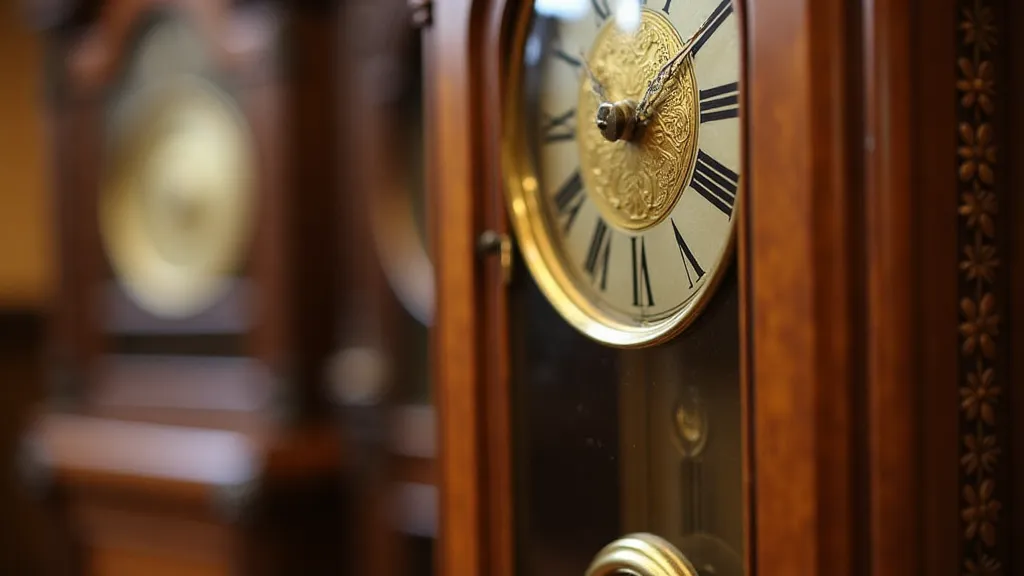
Standing before an antique clock, one can almost feel the echoes of those early clockmakers, their dedication and ingenuity resonating across the centuries. It's a reminder of humanity's enduring quest to understand and order the universe – a quest that began not with gears and springs, but with a deep yearning to capture the elusive nature of time itself.
